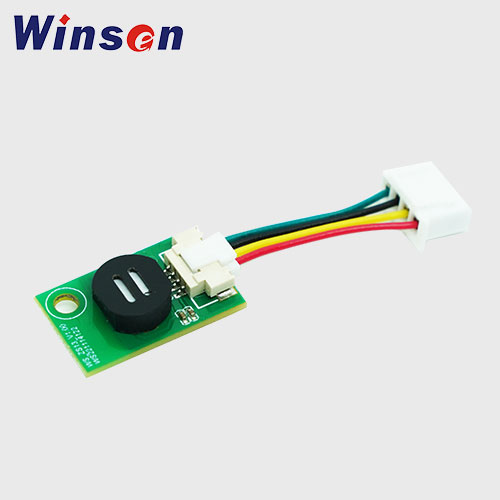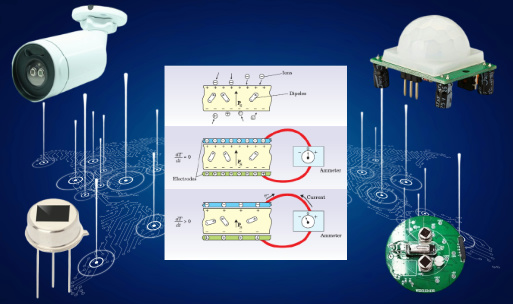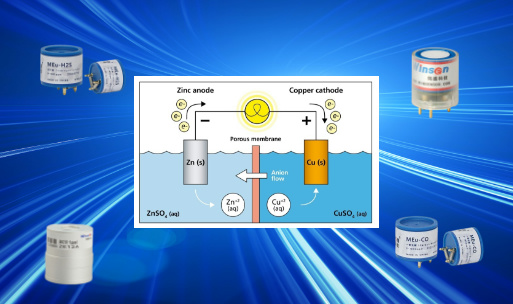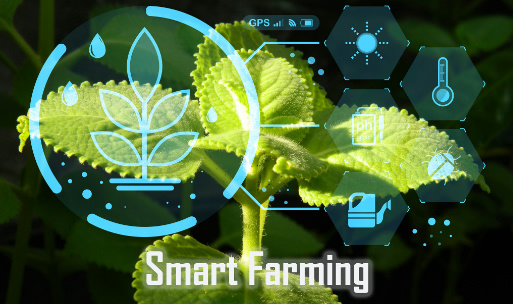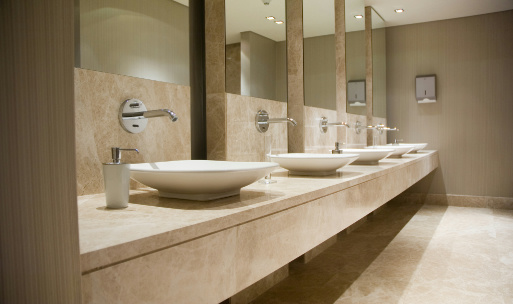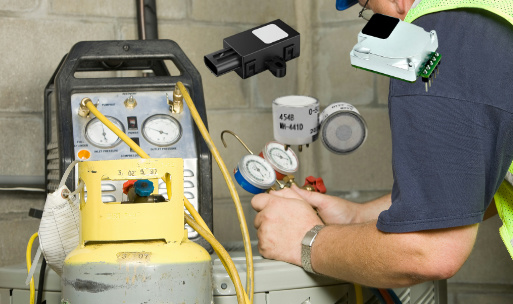The Role of Temperature and Humidity Sensors in Humidifiers
Humidifiers are essential appliances that help maintain optimal indoor air quality by increasing humidity levels in dry environments. They provide significant health benefits, such as relieving respiratory symptoms, soothing dry skin, and preserving wooden furniture. At the core of modern humidifiers is temperature and humidity sensor technology, which enables precise control over the environment's humidity and temperature. This article delves into the functions and advantages of temperature and humidity sensors in humidifiers and highlights how they improve user comfort and appliance efficiency.
Why Humidity and Temperature Matter in Indoor Spaces
Maintaining proper humidity levels is essential for comfort and health. The optimal indoor humidity range is typically between 30% and 50%. Levels below this range can cause dry skin, respiratory discomfort, and static electricity, while excess humidity can foster mold growth and dust mites, leading to allergies and health concerns. Temperature plays an equally important role, as it impacts humidity levels and overall air quality. When air is too cold, it holds less moisture, resulting in a drier environment. When it's too warm, it can create excessive moisture.
Modern humidifiers use temperature and humidity sensors to address these needs by constantly monitoring the room's conditions and making automatic adjustments. This precise control enhances the effectiveness of the humidifier, allowing it to maintain a comfortable indoor environment without over-humidifying the space.
How Temperature and Humidity Sensors Work in Humidifiers
Temperature and humidity sensors in humidifiers detect real-time changes in air temperature and moisture levels. The information from these sensors is sent to the humidifier’s control system, which adjusts the output accordingly. Here’s how each sensor operates within the humidifier:
- Temperature Sensors: These sensors measure the air temperature within the room or in the vicinity of the humidifier. Based on the data, the humidifier can adjust its operation to ensure that moisture is efficiently dispersed without over-cooling or overheating the room.
- Humidity Sensors: These sensors measure the current humidity level in the air. When the humidity level falls below a certain threshold, the humidifier increases its output to raise the moisture level. Conversely, if the humidity level is too high, the humidifier reduces its output to avoid over-humidification.
In high-end humidifiers, these sensors are typically combined into a single unit, known as a Temperature and Humidity Sensor (TH Sensor), which simultaneously monitors both parameters. This combination allows for better integration, streamlined control, and improved user experience.
Winsen Temperature and Humidity Sensors Recommend
Applications of Temperature and Humidity Sensors in Humidifiers
1. Maintaining Optimal Humidity Levels
The primary function of a humidifier is to increase the room's humidity to a comfortable and healthy level. Temperature and humidity sensors play a crucial role by ensuring the humidifier adjusts its output based on real-time measurements.
For example, in winter, indoor air often becomes excessively dry due to heating systems, and the humidifier needs to work harder to reach the desired humidity. The humidity sensor detects the low moisture level and increases the humidifier’s mist output to reach the set target. When the room reaches the optimal humidity level, the humidifier’s sensor prompts it to reduce or stop output, avoiding energy waste and preventing over-humidification.
2. Automatic Climate Control
Many modern humidifiers are equipped with smart climate control features, allowing them to adjust based on the ambient temperature and humidity. These intelligent devices rely on built-in temperature and humidity sensors to monitor the air and make adjustments accordingly.
For example, when the room temperature drops, the sensor detects this change and sends data to the control system. Since cold air holds less moisture, the system can increase the humidifier’s output to maintain a comfortable humidity level, even in cooler environments. This automatic climate control feature ensures that the air quality remains stable and comfortable regardless of external conditions.
3. Energy Efficiency and Smart Power Management
Temperature and humidity sensors contribute to the energy efficiency of modern humidifiers. By monitoring environmental conditions, the sensors prevent unnecessary operation, which in turn conserves energy and extends the lifespan of the device.
When the room reaches the desired humidity, the sensor signals the control system to lower the humidifier’s output or enter a standby mode. This feature is particularly useful in energy-saving humidifiers, as it allows the device to operate only when needed. In addition, the temperature sensor can adjust the mist temperature to match room conditions, avoiding excess cooling or heating, which further saves energy and provides comfort.
4. Safety and Overheating Protection
The integration of temperature sensors in humidifiers also plays a role in safety by preventing overheating. Humidifiers that use heating elements to produce warm mist are at risk of overheating if not properly controlled. Temperature sensors monitor the internal temperature of these elements and trigger safety mechanisms if the temperature exceeds safe limits.
In the event of overheating, the temperature sensor alerts the control system to shut off the heating element or reduce the mist output to prevent accidents or damage. This safety feature ensures that the humidifier operates reliably and securely, giving users peace of mind.
5. Personalized User Comfort and Adjustable Settings
Modern humidifiers offer various settings to meet individual preferences, such as adjustable mist levels, warm or cool mist options, and target humidity levels. Temperature and humidity sensors play a pivotal role in enabling these customizations.
For instance, some humidifiers allow users to set a target humidity level, which the sensors monitor continuously. When the sensors detect that the desired humidity level has been achieved, the humidifier adjusts its output accordingly, maintaining a stable environment. This personalization provides a tailored experience for users, ensuring that their specific comfort and health needs are met.
Future Trends: Advanced Sensor Integration in Next-Generation Humidifiers
As technology advances, the role of temperature and humidity sensors in humidifiers is expected to expand. Here are some future trends and innovations in this field:
1. Smart Humidifiers with AI and Machine Learning
In the future, humidifiers may use AI and machine learning algorithms to learn from user preferences and adapt to environmental changes. By analyzing data from temperature and humidity sensors, these devices could automatically adjust settings based on time of day, room size, and specific user needs. AI-driven humidifiers would optimize performance and further enhance user comfort and energy efficiency.
2. Integration with Smart Home Ecosystems
Temperature and humidity sensors in humidifiers are likely to become part of the larger smart home ecosystem. By connecting with other smart devices, such as thermostats, air purifiers, and climate control systems, humidifiers could work in sync to maintain ideal indoor conditions. This integration would provide users with seamless control over their indoor environment and contribute to overall home energy efficiency.
3. Advanced Sensor Technology for Improved Accuracy and Response Time
Sensor technology continues to evolve, and future humidifiers may incorporate even more advanced sensors with improved accuracy and faster response times. These enhancements would allow humidifiers to respond more quickly to environmental changes, providing a more stable indoor climate.
Conclusion
Temperature and humidity sensors are essential components in modern humidifiers, providing the accuracy and control needed to maintain optimal indoor air quality. These sensors enhance the functionality of humidifiers by ensuring precise humidity levels, energy efficiency, safety, and user comfort. As sensor technology advances, humidifiers will continue to become smarter and more adaptable, offering even greater benefits for users seeking a healthy and comfortable indoor environment.
